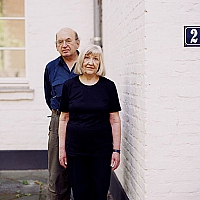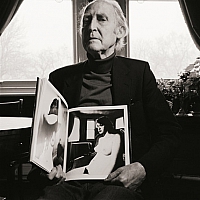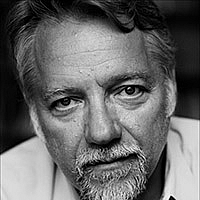
© Manifesta
Foundation Manifesta 9 Limburg Dennenstraat 5 Limburg 3600 Genk Belgique
For the first time in the history of Manifesta, the biennial will not only present an international, industry-leading selection of contemporary art. The exhibition will also consist of an impressive collection of historical works and will display the rich mining heritage in a surprising and innovative way to both local and international audiences.
Curator Cuauhtémoc Medina (Mexico City) developed the concept for Manifesta 9, addressing the social and societal impact of the recent past in Limburg. The exhibition The Deep of the Modern will be presented as a triptych. For the first section, 35 international contemporary artists are invited to create new work, paying heed to regional context, linking the local theme with global issues. The art historical section provides an overview of works of art from the 19th and 20th Centuries, with the impact of the coal industry as their subject. The third section focuses on the extensive legacy that the Limburg mining industry has left behind.
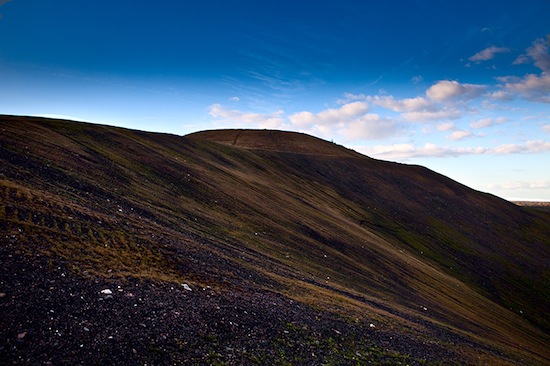
© Manifesta
Cuauhtémoc Medina
(Mexico City, December 5 1965.)
Art critic, curator and historian, holds a Ph.D. in History and Theory of Art from the University of Essex in Britain and a BA in History from the National Autonomous University of Mexico (UNAM).
Since 1992 he has been a full time researcher at the Instituto de Investigaciones Estéticas at the National Autonomous University of Mexico (UNAM). Between 2002 and 2008 was the first Associate Curator of Art Latin American Collections at the Tate Modern in the UK. Among other projects, he has curated When Faith Moves Mountains (Lima, Peru, 2001) by Francis Alÿs, 20 Million Mexicans can´t be wrong (South London Gallery, 2002), and The Age of Discrepancies, Art and Visual Culture in Mexico 1968–1997, (in collaboration with Olivier Debroise, Pilar García and Alvaro Vazquez, 2007-2008). In 2009 he curated Teresa Margolles's project, What Else Could We Speak About?, as the Mexican Pavilion at the Venice Biennale. All along 2010, he organized the Contemporary Art Project (PAC) in Murcia, Spain, with a year long exhibition titled Cannibal Dominoes, and in collaboration with Mariana Botey and Helena Chavez The Red Specter, publication and platform that organized the exhibition titled “Critical Fetishes. Residues of the General Economy” at the C2M IN MADRID, presented in 2011 in the Mexico City Museum. In 2011 he curated the overview of Enrique Jezik’s work titled: Obstruct, destroy, conceal, in the MUAC (Contemporary Art University Museum) in Mexico City.
Medina is currently organizing the Manifesta 9 Biennial in Ghenk, Limburg, Belgium, for June 2012, in association with Katerina Gregos and Dawn Ades. Beyond a significant number of publications of Contemporary Art since 2000 he has been in charge of the art critical column titled “Ojo Breve”of the Reforma newspaper in Mexico city.
Dawn Ades
(born 1943, London, UK)
Dawn Ades is currently a fellow of the British Academy, a former trustee of Tate and was awarded an Order of the British Empire in 2002 for her services to art history. Her endeavors span from the historical avant-garde with the book and exhibition at the Hayward Gallery of 1978 “Dada and Surrealism Reviewed” and her contribution to Rosalind Krauss' L'amour fou: photography & surrealism. She curated the 1985 Tate exhibition of English painter Francis Bacon. Her “Art in Latin America” surveyed modern trends from 1820-1980.
Katerina Gregos
(born 1967, Athens, GR)
Katerina Gregos is an art historian, curator and writer. She is currently curator of Newtopia: The State of Human Rights, Mechelen, Belgium (forthcoming September 2012). In 2011 she was the curator the Danish Pavilion at the 54th Venice Biennale, where she curated Speech Matters, an international group exhibition on freedom of speech. That year she was also the co-curator of the 4th edition of the Fotofestival Mannheim Ludwigshafen in Germany. During 2006 and 2007 she was the artistic director of Argos – Centre for Art & Media in Brussels and prior to that she was the founding director of the Deste Foundation – Centre for Contemporary Art, Athens. As an independent curator Gregos has also curated numerous exhibitions internationally including, among others, Hidden in Remembrance is the Silent Memory of Our Future, Contour 2009 - The 4th Biennial for Moving Image, in Mechelen, Belgium (2009); Give(a)way: on Generosity, Giving, Sharing and Social Exchange, the 6th Biennial E V+ A: Exhibition of Visual Art, Limerick, Ireland (2006). Other projects include Leaps of Faith: An International Arts Project for the Green Line and the City of Nicosia, Cyprus (2005), the first international contemporary art exhibition to take place on both sides of the divided city, and Channel Zero, for the Netherlands Media Art Institute, Amsterdam (2004) Katerina Gregos regularly publishes on art and artists in magazines, books and exhibition catalogues, and is a frequent speaker in international conferences, biennials and museums worldwide. She is also a visiting lecturer at HISK – The Higher Institute of Arts, Antwerp.
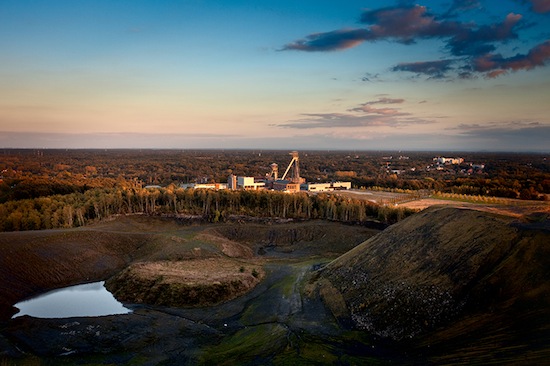
© Manisfesta
For the first time in the history of Manifesta, the biennial takes place in one single venue. For Manifesta 9 the large-scale industrial complex of the former coal mine Waterschei in Genk has been chosen. Taking into consideration the significance of the former Belgian coal mining region as a locus for discussing both the geographical and imaginary aspects of industrial capitalism as a global phenomenon, Manifesta 9 will develop as a unique dialogue between art, history and social reflection.
The Deep of the Modern intends to create a complex dialogue between different layers of art and history. Its point of departure is the significance of the former coalmining region of Belgian Campine as a locus for different imaginary and ecological issues associated with industrial capitalism as a global phenomenon.
The remains of the Waterschei mine in Genk, Limburg, which comprise the main venue of Manifesta 9, are not the only protagonists in this story. The Deep of the Modern was perhaps inspired most by the overall geographical-ecological “mining machine” that transformed the region over the course of the 20th century, giving rise to a complex landscape of garden cities, landscape planning, canals, roads and railroads.
The Deep of the Modern will develop as a dialogue between three different sections:
Poetics of Restructuring. This section consists of contributions from 39 contemporary artists, focusing on aesthetic responses to the worldwide “economic restructuring” of the productive system in the early 21st century. The selected works may interact as directly as possible with the current state of ruin of the building and its immediate surroundings. The curatorial team has worked to create a balance between time-based works, installations, and other artistic media, and to provide a geographically and gender diverse representation of contemporary artistic practice today.
The Age of Coal. An art historical exhibition comprising artworks from 1800 to the early 21st century about the history of art production aesthetically related to the industrial era. This essay on a new kind of Material Art History is organized into several thematic sections with artworks in which coal played an important role. Coal as the main fuel of industry, as a major factor of environmental change, as a fossil with significant consequences in the field of natural science, as the main referent of certain forms of working class culture and as a material symbolic of the experience of modern life… In short, how coal affected and defined artistic production.
17 Tons. In addition to the two sections dedicated to art, Manifesta 9 will include a new element: an exploration of the cultural production that has been powered by the energy of memory that courses through the diverse heirs of coal mining in the Campine region of Limburg, as well as several other regions in Europe. This section is the product of a collaboration between individuals and institutions who, coming from disparate disciplines and practicing different social forms of agency, continue to activate the collective memory and the preservation of both the material and immaterial heritage of coalmining. The title of the show refers simultaneously to the most famous song of coal miners around the world (16 Tons, recorded in 1946 by Merle Travis) and to the title of one of Marcel Duchamp's most famous installations (Sixteen Miles of String, 1942). The discrepancy between 16 and 17 is meant to suggest the need to take a step beyond the current stage of the coal industry's memory claims.
Although the exhibition is divided into different sections – all brought together in this single building in Waterschei – there are thematic, poetic, and methodological affinities that interlace the works of all three of its sections. The selection and organization of the exhibition aim to create resonances between the different levels and elements of the show across different times, genres and positions within the building. We hope that the contemporary artworks will provide novel insights into the art historical objects and heritage practices represented, and vice versa. In that sense The Deep of the Modern places its trust in the power of exhibition and in an audience's ability to make sense of the three exhibits by comparing and working through different elements of cultural production.
Manifesta 9 proposes to redirect the course of Manifesta toward an advocacy of art production and historical knowledge as loci of aesthetic and social reflexivity and intergenerational responsibility. In that sense, the exhibition reflects the complex mediation of artworks, images, historical information and cultural institutions in the production of modern and post-industrial ways of thinking. The three sections attempt to explore the ways that art and culture are immanent to the social processes that both record and transform the outlook of specific social formations.
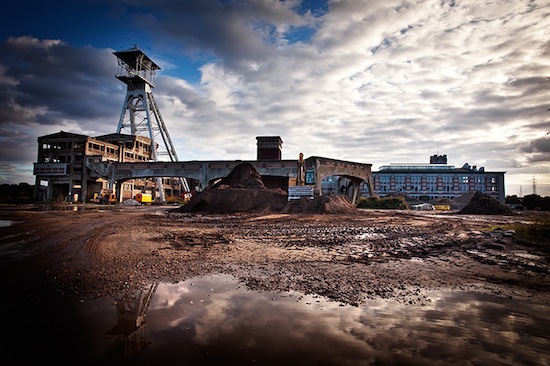
© Manifesta
Photos et vignette © Manifesta


